In September 2023, the Federal Aviation Administration (FAA) proposed a new rule for the disposal of upper stages after commercial launches. In short, for most launches to LEO and GTO, operators will either be required to conduct controlled reentries or move their stage to a higher disposal orbit.
As a researcher who has studied uncontrolled reentries for several years, I was pleased to see the FAA finally address the dangerous abandonment of upper stages. The new rule would reduce the growth in orbital collision risk; currently, there are over 2,000 derelict upper stages in orbit, with a net 36 more added each year. #spacenews.


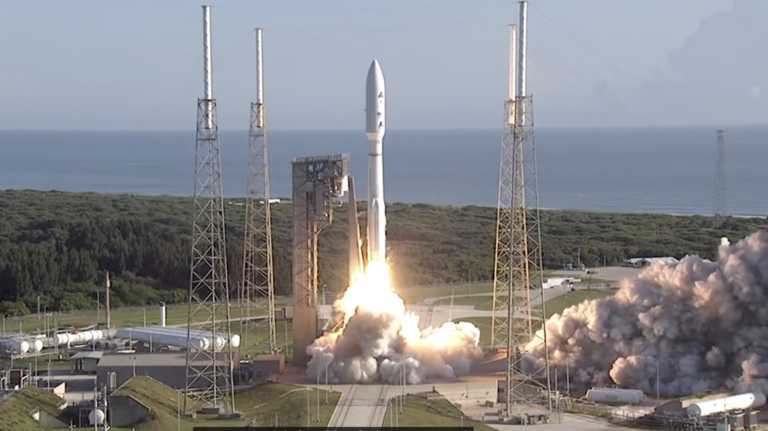


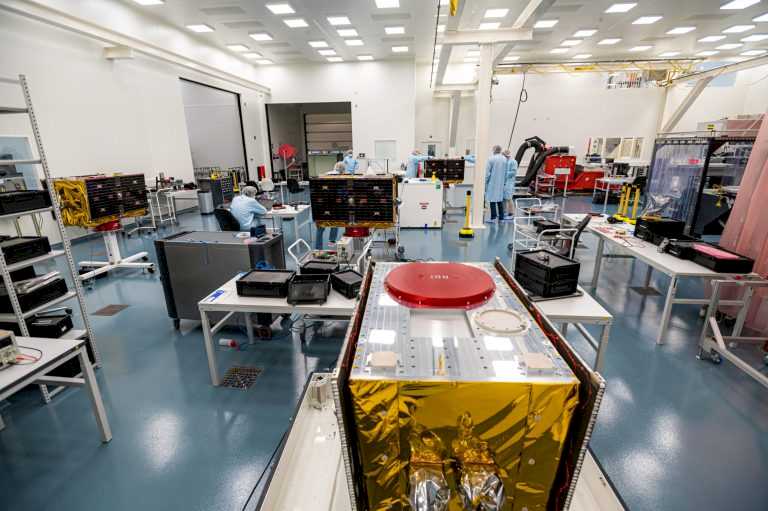

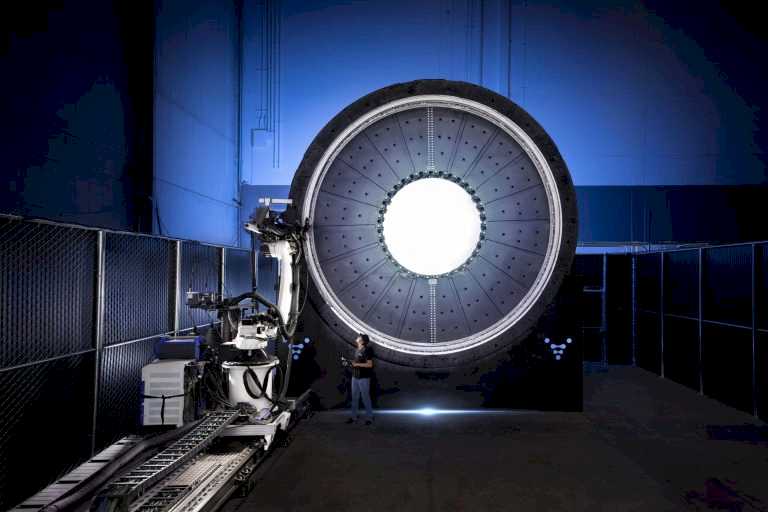

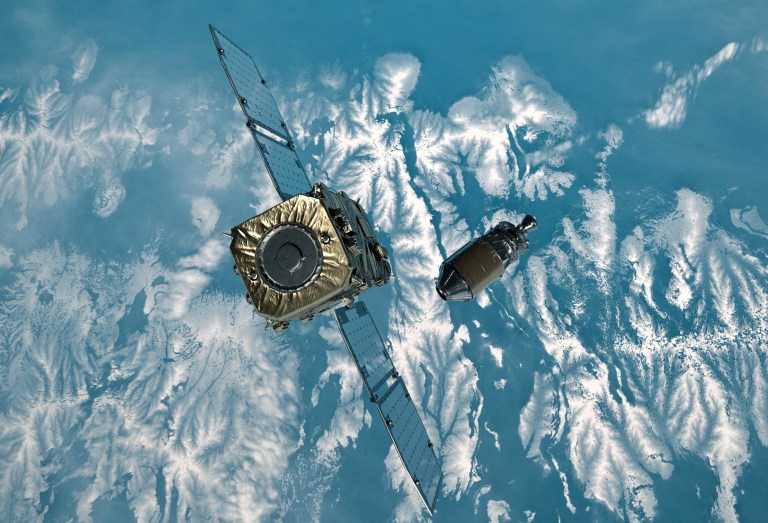
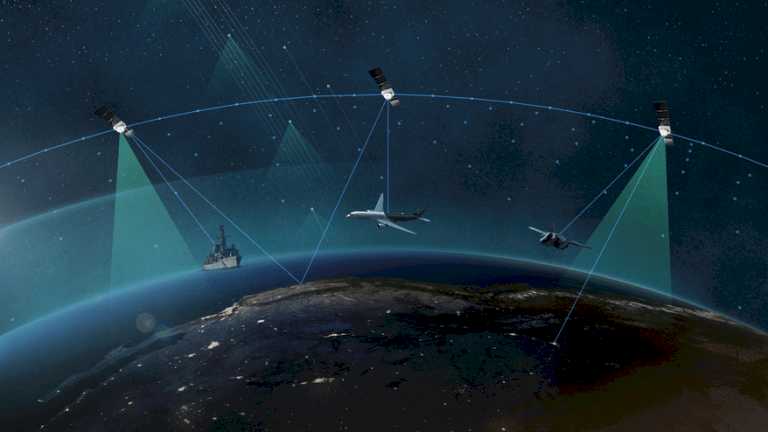

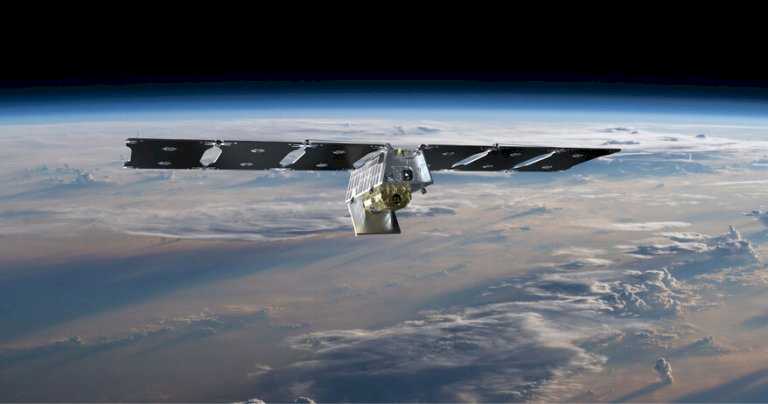
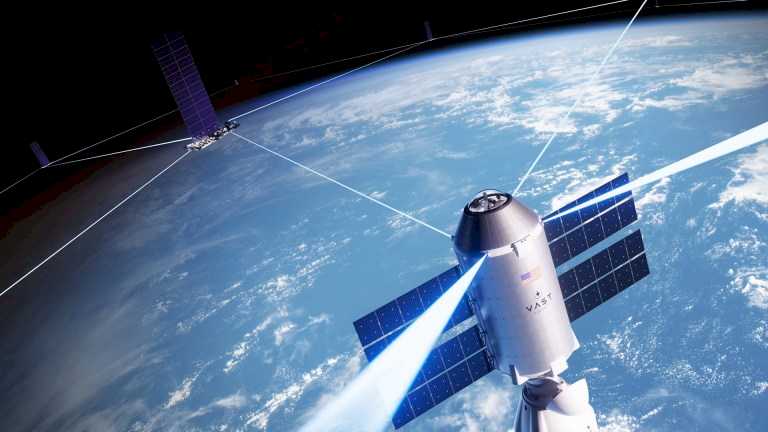

Space news on Umojja.com